Tribal Art London fair announces highlights from its 2017 edition
LONDON.- Tribal Art London opens the busy autumn fairs season in the UK’s capital city. Celebrating 10 years, and with 23 exhibitors it’s largest-ever iteration, Tribal Art London is the UK’s most important focal point in this field. It has stamped its mark on the international fair circuit by offering an exciting diversity of works for sale. With works priced from the low hundreds to over £20,000, the fair attracts collectors new and seasoned. Taking place a week prior to Parcours des Mondes Paris, the event attracts many international specialist dealers and museum curators. A Collectors’ Preview takes place 3pm-9pm on Wednesday 5 September.
Well-known tribal art collectors who attend the Fair include Mark Blackburn (based in Hawaii, focusing on Oceanic art), collectors of Aboriginal and Oceanic art Sam and Sharon Singer (U.S.A.), Antonio Lunari (Italy), and African art collector Jonathan Lowen (UK).
Institutions are always in attendance, such as Quai Branly, the British Museum and the Royal Academy. Last year, both Crispin Howarth, Curator of Pacific Art at the National Gallery of Australia, and Steven Hooper, Director of the Sainsbury Research Unit (expert in Fijian and Pacific art) were at the Fair.
Many dealers who participate in Parcours des Mondes, the world’s biggest tribal art event held annually in Paris (12-17 September 2017), visit Tribal Art London, such as Michael Evans (USA), Wayne Heathcote (UK), Daniel and Dori Rootenberg of Jacaranda Tribal (NY), and Jonathan Hope (UK). Other trade buyers are Finch & Co (UK) and Patrick & Ondine Mestdagh (Belgium), both Masterpiece London exhibitors; Brant Mackley (USA), specialist in American Indian art; David Zemanek, tribal art auctioneer (Germany), and Michael Graham-Stewart the renowned collector/dealer (UK).
Decorators and designers including Chester Jones and Ross Lovegrove (both UK) are usually in attendance, and the actor Griff Rhys Jones and natural history legend Sir David Attenborough are regular visitors.
Highlights at the Fair include:
A bold Ligbi mask from Ivory Coast; this highly anthropomorphic face mask from the Ligbi people is carved in wood, with pigments, cloth and fibres measuring 30cm in height, and comes with a prestigious provenance, offered by new exhibitor Mark Eglinton of New York. (Price in the region of $16 000 USD).
An exceptional Lozi fly swish (detail) from Barotse land, 26cm long, dating circa 1900, offered by Adam Prout Ethnographic Art (Price on request).
An impressive, deeply carved 19th century Zulu prestige lidded vessel from KwaZulu, South Africa. Wooden vessels such as these were the preserve of chiefs and other persons of stature within the tribe. They were sometimes given as ‘diplomatic gifts’ to visiting Europeans and missionaries. This is a particularly fine example, the design avoiding the naturalistic and as a consequence appearing very abstract. Offered by Marcuson & Hall (Price in the region of £13,500).
A remarkable early survivor of the Nasca era in Peru, a Woven camelid-hair half tunic (interlocked and dovetailed joins, discontinuous warp and weft, woven added fringe) dating to around the 6th to 10th century CE (AD) offered by Joss Graham Gallery.
A superb Lwena staff, perhaps one of the most beautiful and important on the market today, made in Angola or Zambia , featuring a beautifully-carved female figure wearing typical coiffure. Widely published and with a wonderful provenance, the staff is offered by David Malik. (£10,500).
A Dan mask from Ivory Coast. Formerly in an ex private collection London, it is offered by Bryan Reeves/Tribal Gathering (Price on request).
A fine Mahdi tunic, known as a Jibba, made in 19th century Sudan of cotton and wool appliqué, probably Stroud cloth. This would have belonged to a high ranking leader in the Mahdist army and probably dates to the period just after the fall of Khartoum at which point the Mahdist army acquired British manufactured wool, probably taken from uniforms. The panels represent the virtues of poverty and humility, and the small pocket would have held a charm consisting of leather wrapped pages of the Koran. Very few examples of this quality exist outside of museum collections; a similar example can be seen in the British Museum. Offered by Adam Prout Ethnographic Art.
A royal cup carved with a supporting foot, Lele (a sub-group of the Kuba people), Congo, 19th century. In fine condition, and standing 17cm in height, this early palm wine cup is from a royal household. Offered by Ian Shaw. (£3000).
Yoruba horse rider, Nigeria, early 20th century. Such figures were placed on altars in shrines or displayed at special ceremonies. Leaders and ancestors were often displayed on horseback to support their status and depict strength and power. Offered by new exhibitor Emmanuel Amelot of Belgium. (£4,500).
Tribal Art London hosts lectures and talks on many subjects relating to indigenous cultures, and this year it focuses on the history and development of tribal tattoos, including a talk by Dr Karen Jacobs of the University of East Anglia. Martin Poole, an expert in the technique of hand tapped tattoos, will be giving live demonstrations.

/https%3A%2F%2Fprofilepics.canalblog.com%2Fprofilepics%2F1%2F0%2F100183.jpg)
/https%3A%2F%2Fstorage.canalblog.com%2F03%2F02%2F119589%2F96711876_o.jpg)
/https%3A%2F%2Fstorage.canalblog.com%2F11%2F31%2F119589%2F94773502_o.jpg)
/https%3A%2F%2Fstorage.canalblog.com%2F20%2F83%2F119589%2F94772815_o.jpg)
/https%3A%2F%2Fstorage.canalblog.com%2F26%2F72%2F119589%2F75604929_o.jpg)
/https%3A%2F%2Fstorage.canalblog.com%2F59%2F60%2F119589%2F26458628_o.jpg)
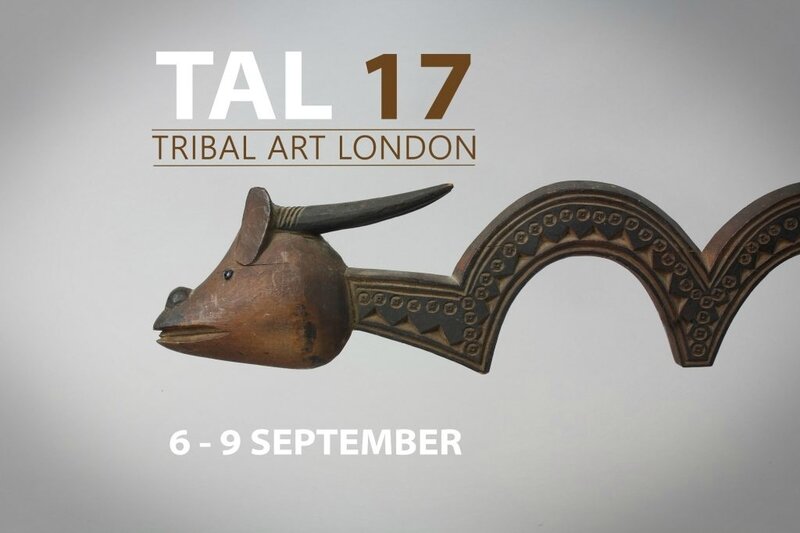

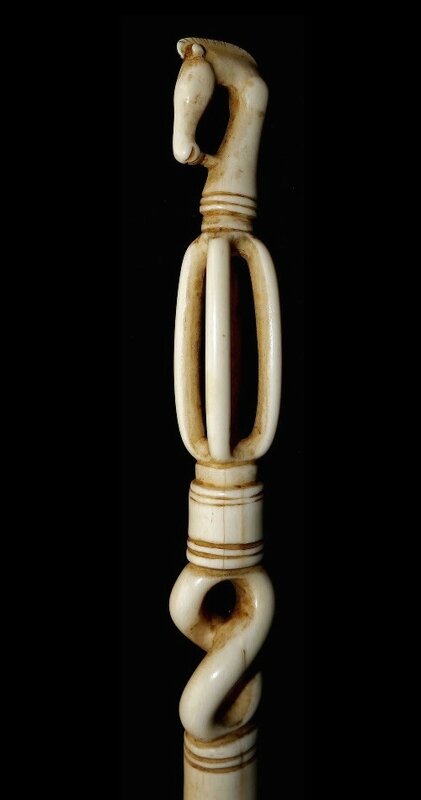
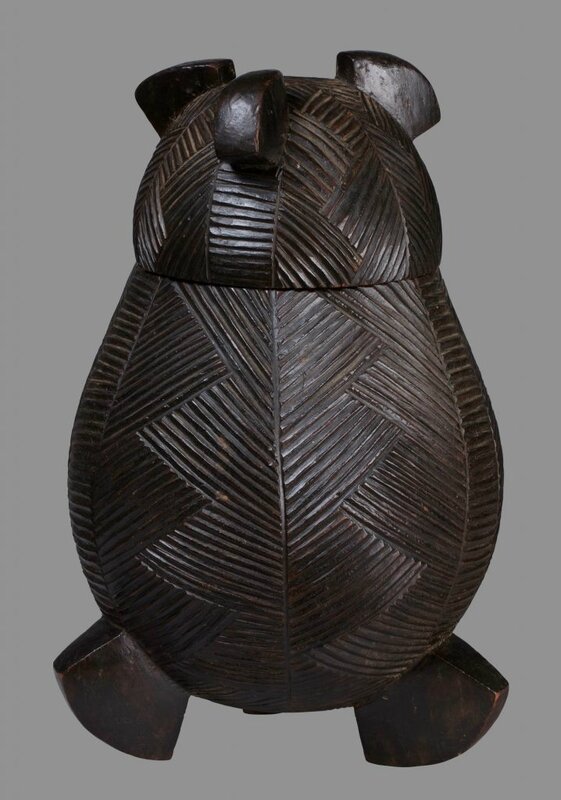

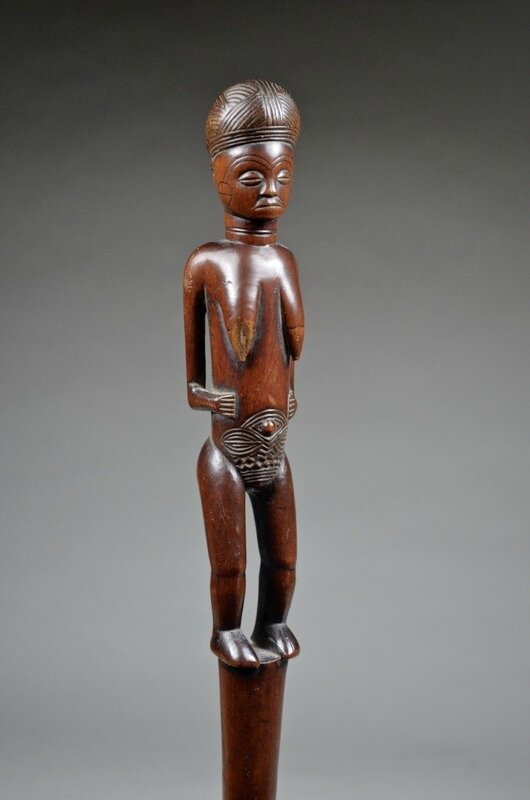
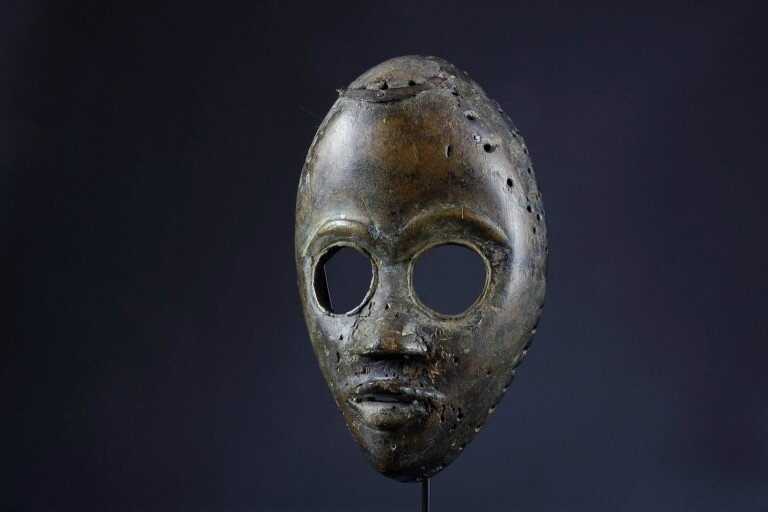
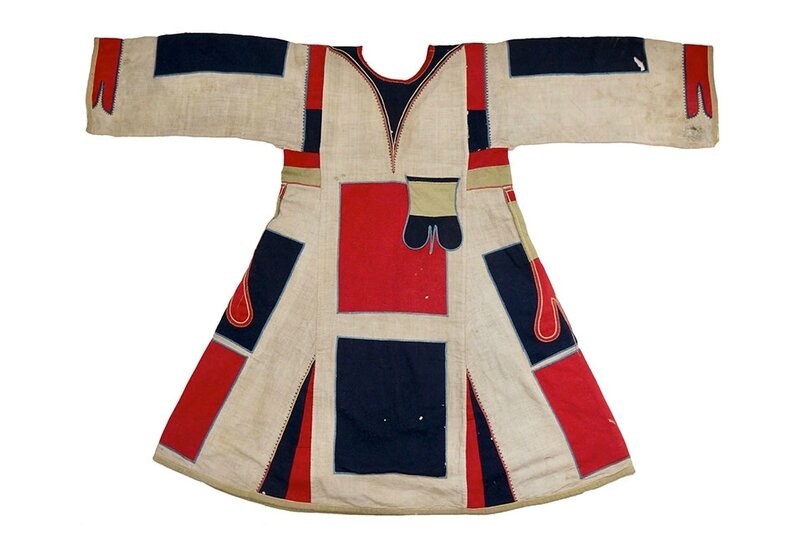
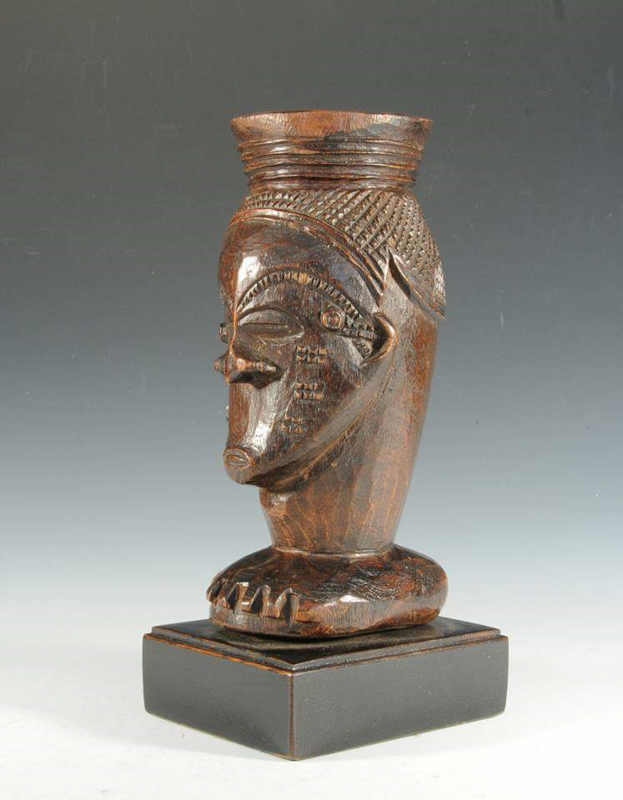



/http%3A%2F%2Fstorage.canalblog.com%2F07%2F07%2F119589%2F120229777_o.jpg)
/http%3A%2F%2Fstorage.canalblog.com%2F18%2F63%2F119589%2F109697365_o.jpg)
/http%3A%2F%2Fstorage.canalblog.com%2F96%2F54%2F119589%2F74976210_o.jpg)
/http%3A%2F%2Fstorage.canalblog.com%2F95%2F53%2F577050%2F38245429_p.jpg)